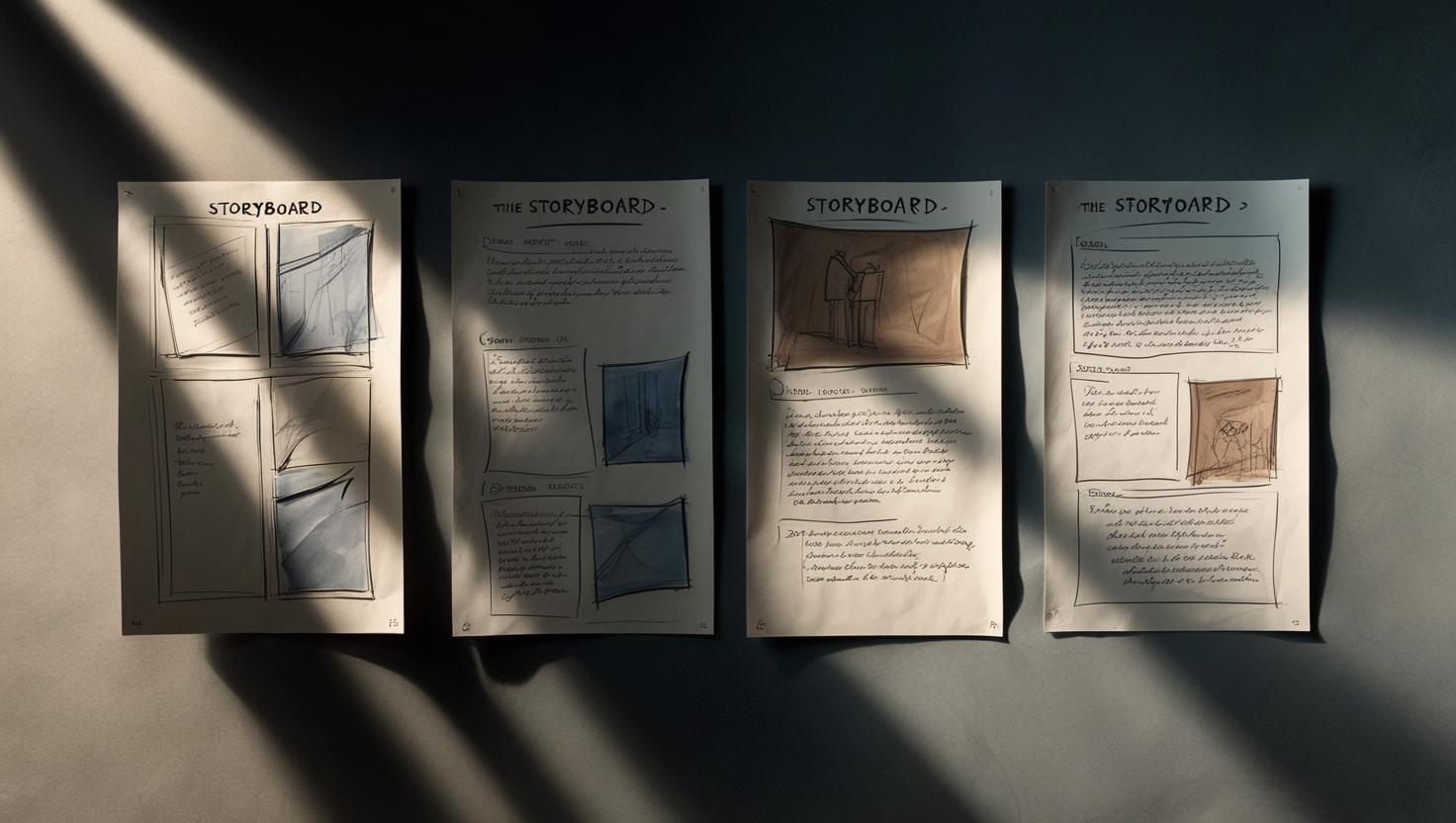These days the attention span of your average Joe is less than that of a goldfish. And that’s a problem, especially if you’re in the process of elearning course development. In this blog, I will tell you the top tips on how to structure an e-learning program that will resonate with your viewers and capture your audiences attention.
PDF, Powerpoint or Video?
According to Forrester Research, employees are 75% more likely to watch a video than to read documents, emails or web articles.
That means using powerful visuals like images and video, along with quality audio, doesn’t only make e-learning courses much more appealing. It also makes them more memorable.
In fact, recent data from the SAVO Group revealed that after six months people will forget 90% of what they learn from training materials. Presentations with audio/video included on the other hand, are 83% more effective.
Write = Excite
The numbers look good. But now for the hard reality: for most e-learning the results are the same as with radio and TV ads. When it comes to watching them, the average viewer would rather be doing something else: checking Facebook…drinking coffee…so whatever you do, make sure you grab their attention!
In my experience as a voice over actor, most e-learnings are written by the client and not by the e-learning producer. I was curious as to why that was.
From many clients I heard that the producer simply didn’t know enough about the subject area to be able to write about it. When I continued to question the process it proved that the budgets for e-learnings were often not quite enough to stretch to hiring a scriptwriter who did know about the subject.
Understandable, except that means as a viewer of an e-learning video you are often left listening to wooly, written language created by a well meaning person from the organisation who happened to have been given the task of explaining everything going on in their department or at the business park.
Someone who is not an educator or trainer, let alone a text writer for voice overs. And that is the death knell of an e-learning.
Storytelling
A good e-learning is all about getting inspired by a subject and serving it up in such a way that, as a viewer, you get totally caught up in the story and don’t want to leave until you know everything it has to teach you. So make sure you are telling a story. Ask questions. Lots of questions. Just like a good teacher, trainer or speaker would.

The effects of storytelling on the brain – Image courtesy of Onespot.
One solution can be that you still let the client or specialist write the text, but they agree in advance (in the briefing) that a text writer will later turn it into an attention grabbing lesson.
A clever tactic, from one of our clients: to make sure that the client doesn’t change a definitive script and so insist on it remaining mere written language, get the text writer and the client around the table to begin with.
In doing this the client is part of the decision-making process when it comes to deciding what is kept in the script and what is scrapped, and so they better understand why certain choices are being made.
Set clear targets and expectations
The goal is to keep participants engaged and hold their attention, so provide them with a roadmap that will help achieve this objective. The roadmap you can show and talk about: ¨In this e-learning we will be doing this, that and so on. At the end of the e-learning you will know exactly how all of this works.¨
With this roadmap, your students are given smaller objectives, such as completing a certain chapter. Which allows them to check off that part of the course, which results in a small win, that stimulates their motivation and increases their work ethic (Harvard Business Review).
Teach with conviction
I once had the good luck to be able to follow a course from a top trainer in the media industry, about how you best deliver training. It was one of the most useful and educational periods of my entire career. How do you explain things in a way that keeps people hooked? And in this, an e-learning is not very different from a lesson delivered in a classical way.
You probably remember it from your own school days: you soaked up some lessons like a sponge, while others bored you to death. For me, maths was one of those where I had trouble keeping my eyes open. That was until the day when a somewhat older teacher took over the class.
I can still see the image in front of me: two bushy eyebrows, that nearly bridged his nose, and under them a pair of eyes that almost hypnotically seemed to say ‘listen to me´. The charismatic way that this man taught maths made you want to listen to him (and allowed me to get good math grades for once).
In an e-learning this person is usually the voice over actor. So, make sure that you work with a good one. It may sound obvious but the tricky thing with e-learnings is that they’re often long, and as the storyteller you have to understand the subject you’re talking about to a reasonable degree.
Where should the emphasis be? Where do you need to talk a little bit slower to make sure you’re understood? Which parts can you read somewhat quicker? And how can you talk to the listener so they feel you’re addressing them personally? In other words, hire a storyteller, and not just anyone simply because they’re that bit cheaper.
Make courses interactive
Learning that involves the student sitting passively has been proven to be ineffective. To the contrary, active learning through activities that involve and engage participants is effective in stimulating the brain, promoting creativity and fostering a more impactful and memorable learning experience.
Some of the ways you can create an interactive e-learning experience include the following:
- Use active buttons throughout the course to poll learners and test their understanding
- Start, engage in and promote ongoing discussion amongst students
- Encourage ongoing participation through button clicks, fill-in-the-blanks, multiple choice and drag and drop options
- Make learning fun through gamification
Make it relevant
People naturally learn better when they are capable of applying the material they’re being presented with to real life, practical situations. So, it all comes down to storytelling.
Storytelling allows you to appeal to your student’s emotions, rather than only using logic. This method can give dry material a more appealing context, by rewarding a character for using the correct approach for example.
Use the power of audio/visual to set the stage, create thoughtful and relatable characters and bring the journey and ultimate transformation process to life for your students.
Combining communicative voice overs, compelling images and captivating stories can dramatically increase learner engagement and ultimately improve the student’s ability to retain the learning objectives.
Conclusion
Ask any good teacher or trainer how you keep people engaged and they will probably tell you, with a smirk, that that’s perhaps the most important talent you need as an educator.
If an e-learning doesn’t engage, then you’ve done it all for nothing. Make sure that you work with a text writer who can teach and a voice over that can engage.
Do you have any tips to add to this list? Let me know in the comments!
Ready to bring your e-learning to the next level? Download our whitepaper with tips on creating an effective e-learning course.




